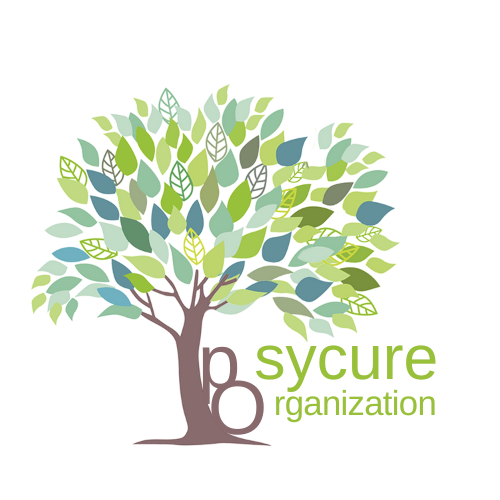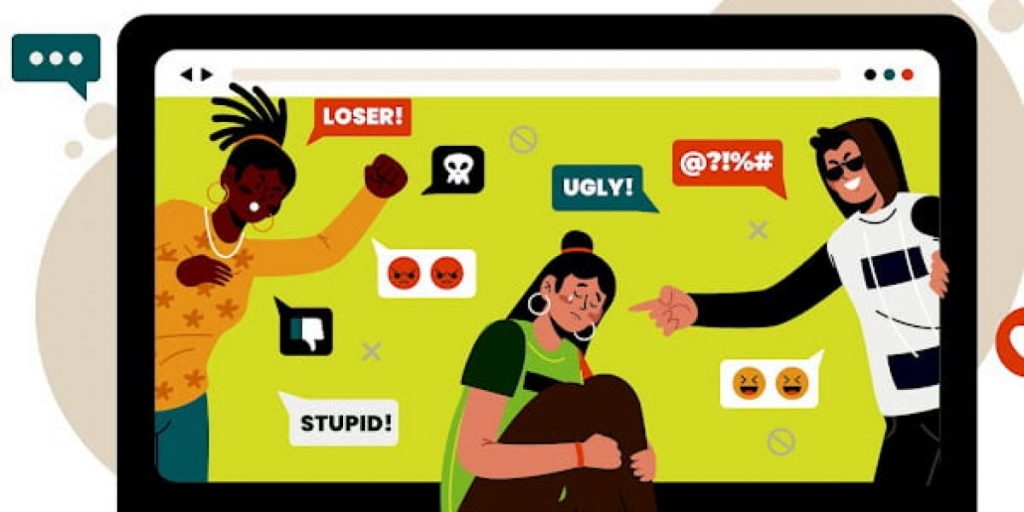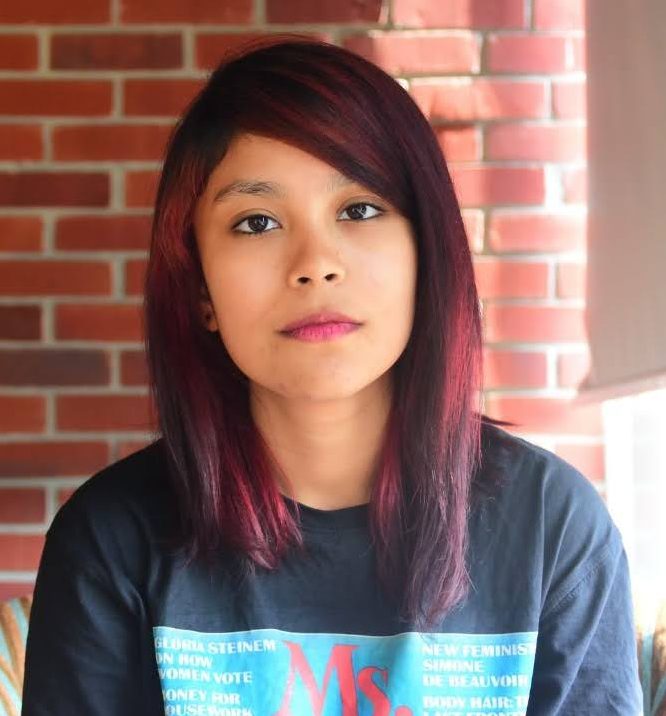In the last couple of years, the creative arts have become a more vocal platform for mental health. To garner more attention and motivate more discourse about mental health issues, television shows, movies and films have begun representing and portraying mental ill. However, the purpose of media is not always solely accurate representation and educating the audience.
What are the chances that mental health issues and illnesses like depression and anxiety, are being glorified and romanticised in the media making such illnesses attractive and even desirable?
Is media representation accurate?
Mental health representation on the big screen is debatable. Some movies and television shows make close to accurate representations but oftentimes the reality of these issues is often shrouded by comical or entertainment factors. Is that harmful?
In recent times, television shows and movies represent anxiety, depression, eating disorders etc. However, there are multiple ways in which the entertainment industry perpetuates negative stereotypes associated with specific disorders. These portrayals are problematic in that they contribute to the existing social stigma which surrounds mental health. For example, some shows might play down serious illnesses like depression and postpartum depression either for comedic effect or to build up to the climax. Either way, this trivialisation by waving off the illness and telling the character to “snap out of it” often influences the audience’s perception which reflect in real-world situations.
The positives of media representation
With the ongoing Covid-19 pandemic, consumption of television, film, and media consumption has increased. The list of television shows and films attempting to portray mental health issues more accurately is also on the rise. Given that such portrayals can sometimes be too difficult to process in their rawest representation, audience-friendly portrayals are usually achieved through a combination of humour and real-life situations concerning addiction, conflicts, and traumatic situations. In doing so, it sometimes illustrates the commonality of mental health issues and disorders, encouraging mental health discussions in society.
Some popular shows and films which successfully represent depression, anxiety and other mental illnesses include Sex Education, The End the F**ing World, This Is Us, BoJack Horseman, Parks and Recreation, Shameless, Big Mouth, Black Swan, Rain Man etc.
The problematic side of media representation
Patricia R. Owen researched that 41 movies released between 1990 and 2010 have depictions of schizophrenia. These portrayals mostly cast the schizophrenic antagonist as the ‘homicidal maniac’ which is highly problematic. The distorted and extreme portrayals take away from the actual symptoms of the illness and spread a false stereotype of schizophrenic individuals being prone of violence and unpredictable behaviour.
Entertainment and news media tend to provide extreme and exaggerated, overwhelmingly dramatic and distorted images of mental illness. Such images emphasise insanity, criminality, unreliability and unpredictability. In some portrayals, mental disorders and illnesses are glorified.
Let’s look at a few examples of depression and other illnesses in media representation:
One Flew Over the Cuckoo’s Nest
Despite being considered one of the greatest films ever made, it is also one of the most inaccurate portrayals of the real afflictions of mental health. During the 1970s, it was quite a common theme in films to depict extreme and unproven treatments for those affected by mental issues and disorders. These treatments often included electroshock and psychotherapies like lobotomies. Not only were these procedures ineffective but they also put forward the notion that there was a simple “fix” to an individual’s mental health decline. Additionally, it negated the idea of taking a deeper look in the individual’s psyche and into the root of the problem.
Monk
The symptoms of mental illness can sometimes be portrayed as being beneficial. For example, in the television series Monk, the protagonist Adrian Monk, a successful detective, is a positive portrayal of a character with obsessive-compulsive disorder. Through this character, many negative stereotypes associated with the disorder are disconfirmed. It shows that someone with a disorder is a contributing member of society. It is because of the condition that Adrian Monk is able to pay close attention to detail which assists him in solving crimes.
BoJack Horseman
The show explores depression and gives a jarringly realistic representation of what mental illnesses look like and what they cause. It attempts to take an individualistic and microscopic view of various mental illnesses particularly, depression. It also offers solace and a sense of community to the viewer, signalling that they are not alone in what they are going through and validating their experiences and trauma. Most refreshingly, the shoe does not attempt to resolve or find a solution for depression. But by the end of the show, BoJack is not healed nor is he a completely new person. Rather, he is simply shown to embark on a path of rehabilitation and personal growth.
Media can sway both negatively and positively. There is no doubt that the representation of mental health on platforms with a large audience is essential in promoting awareness and encouraging discourse. Similarly, there are problematic aspects in terms of exaggerated portrayals and stereotyping illnesses for comedic value. Misrepresentation is dangerous and as the audience, we ought to be critical of what we see and challenge portrayals whenever necessary.








